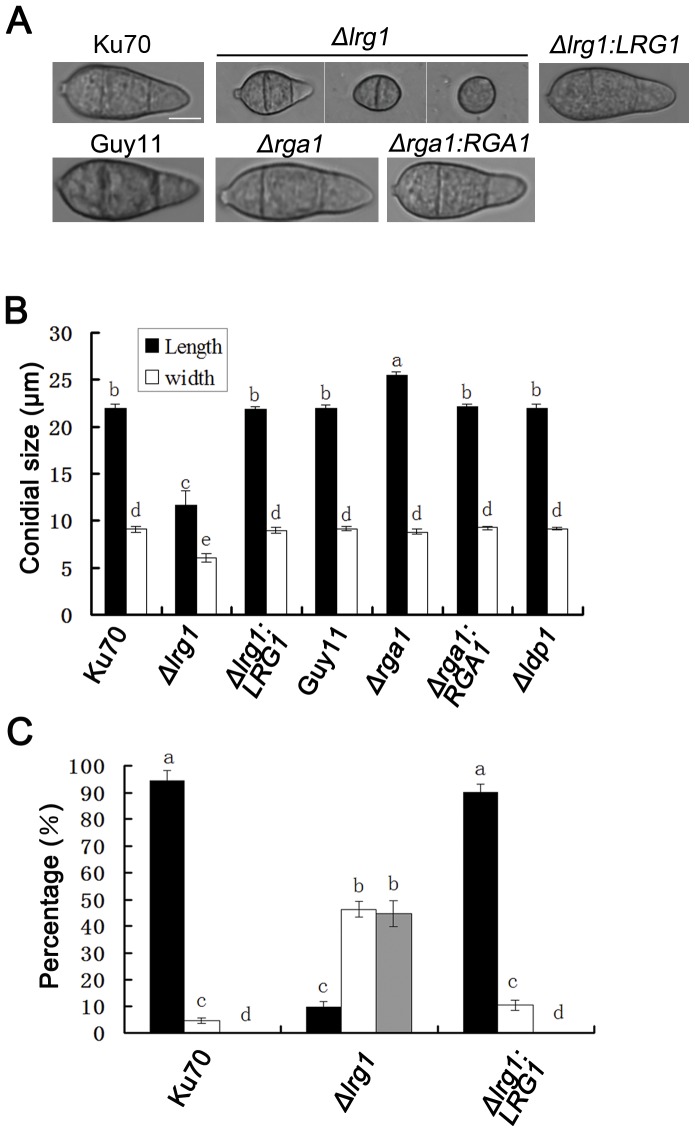Figure 4. The Δlrg1 and Δrga1 mutants produced morphologically abnormal conidia.
A. Microscopic observation of conidia from different strains: Guy11, Ku70, LR80 (Δlrg1), RC38 (Δlrg1:LRG1), LG25 (Δrga1) and GC22 (Δrga1:RGA1). Bar = 5 µm; B. Bar chart showed conidial size in length and width of different strains. LG25 (Δrga1) produced significantly longer conidia than the wild-type strain Guy11, whereas LR80 (Δlrg1) generated smaller conidia both in length and width compared to Ku70; C. Proportions of conidia of the Δlrg1 mutant (LR80) with 0, 1 or 2 septa. All data in B and C were calculated from three independent experiments conducted in triplicates. Different letters indicated significant difference at P-value of 0.05.

